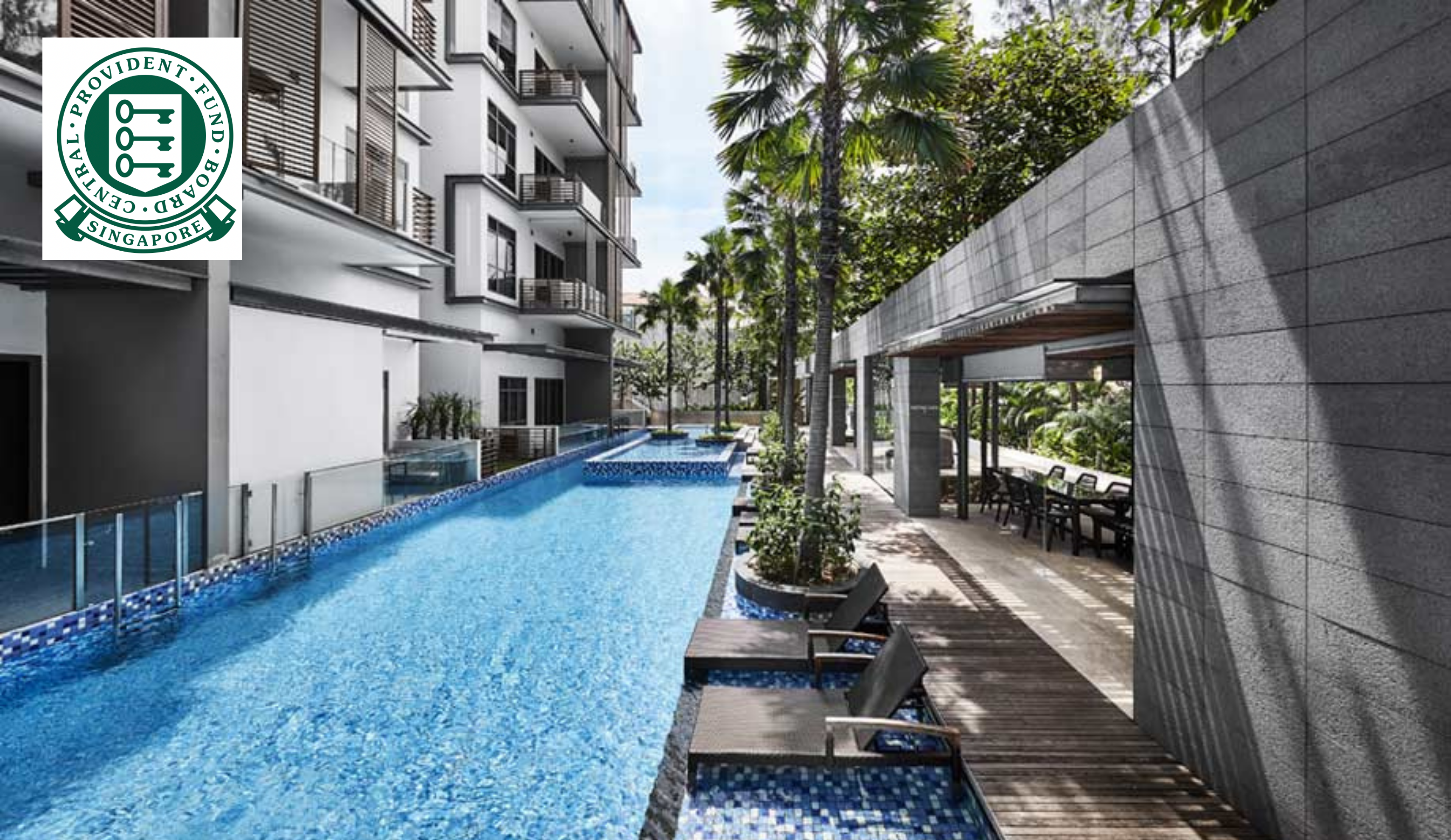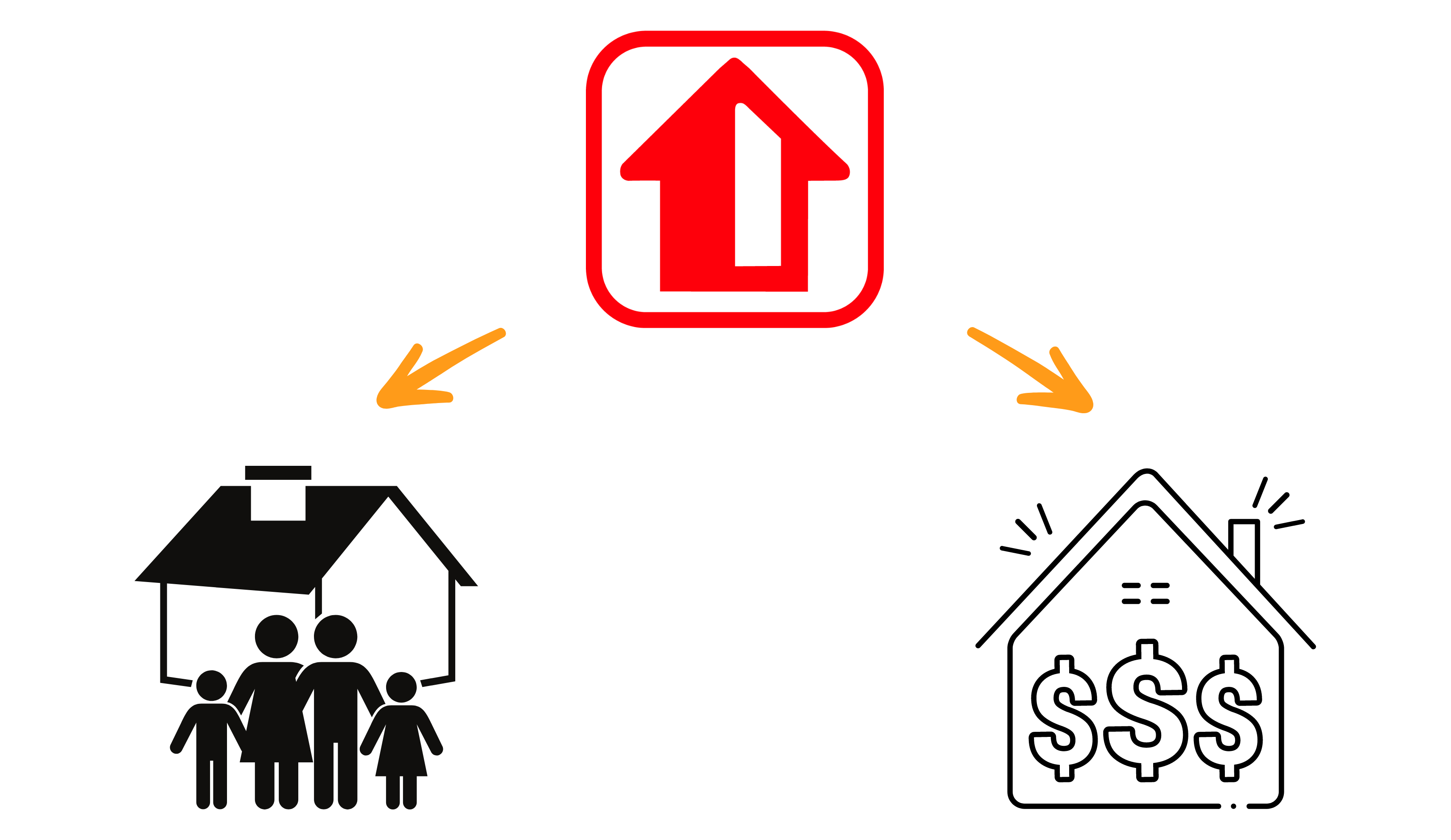Decoupling to Avoid Paying Additional Buyer’s Stamp Duty (ABSD)
This article explains methods of decoupling and part purchase to avoid having to pay for ABSD, how to go about doing it, and how to plan ahead when purchasing your first property
Property investors and buyers know that in addition to the standard Buyer’s Stamp Duty (BSD), which must be paid when buying residential property, an Additional Buyer’s Stamp Duty (ABSD) must also be paid if you’re not a citizen of Singapore or if you are the owner of another residential property. This can quickly add up to a lot of money, which lowers the profits you had hoped to make on your investment.
Is there a way to purchase property and minimise how much money you may owe in stamp duty? This article will discuss ways in which a married couple can plan their property purchases to reduce their ABSD obligations.
Table of Contents
Plan Ahead When Purchasing Your First Property
How Property Ownership is Held Has Implications in Cases of Divorce or Death
History & Intent of ABSD
In 2011 the Singaporean government implemented ABSD and other measures to try and cool down the property market. At that time there was huge investment demand for residential property in Singapore, not only by locals but foreigners as well. The intent of ABSD was to stabilise the market and keep prices from going up drastically and/or fluctuating. This was followed up in 2013 by an increase in rates.
Decoupling & Part-Purchase
One way that a married couple can keep from having to pay ABSD when buying a second residential property would be change the ownership of their first property. This is done by a decoupling and part-purchase in which one spouse is removed from ownership of the first property. Then he/she is allowed to buy a second property without having to pay ABSD.
How is this done?
Since most married couples buy their matrimonial home together as joint tenants, decoupling would require one spouse giving up their ownership of the property, making the other spouse sole owner. The first spouse would then buy the second property in their name only. However, this process is not as easy as the process for decoupling a property held as a tenancy-in-common.
Joint Tenancy Must First be Severed
Co-owners whose property is held as tenants-in-common can more directly decouple than co-owners whose property is held as joint tenants. This is because tenants-in-common each own an undivided specified share of the property. Hence, one spouse (or co-owner) can directly transfer his/her share of the property to their spouse (other co-owner).
However, co-owners who are joint tenants in a property cannot directly decouple. Joint tenancy is a type of co-ownership with no shares, which means the co-owners own the entire property together. Therefore, as long as the property is held in joint tenancy, it’s not possible to decouple as the property is essentially owned jointly as one whole share.
Nevertheless, decoupling is still possible for joint tenants if they first sever the joint tenancy and become tenants-in-common.
There are several different ways to effectuate the severance of a joint tenancy. This is commonly done with a deed or registration with a unilateral declaration by one co-owner. The Instrument of Declaration stating the severance of the joint tenancy must be lodged and registered with the Singapore Land Authority.
The co-owner signing the unilateral declaration must then have a copy of the Instrument of Declaration served on the other joint tenant(s). You can do this in person or by registered post. You will need to engage a conveyancing lawyer to prepare the Instrument of Declaration using the required forms that you need to sign. Your lawyer will then register your declaration with the Singapore Land Authority.
You are welcome to read our article, How to Convert Joint Tenancy to Tenancy-in-Common? for more details. This article explains the concept of severance and the differences between a joint tenancy and a tenancy-in-common.
Part-Purchase by One Spouse of the Other Spouse’s Share of the Property
Part-purchase is when one spouse buys the other spouse’s share of the property. It’s called this because the spouse buying the other spouse out already owns the rest of the property, so he/she is only buying part of the property.
A part-purchase requires several steps, starting with decoupling:
Two Ways of Decoupling with a Part-Purchase
There are a couple of different ways you could handle a Part-Purchase when you are decoupling your property, which are as follows:
1. Part Ownership is Transferred via a Gift:
When ownership is transferred with zero consideration being paid to the current co-owner it’s considered a gift. So, the existing co-owner gives up their share of the property for $0. But a transfer like this is usually only valid if the property has no encumbrances. This means there can be no outstanding CPF charge or mortgage loan on the property. If these encumbrances exist, there must be a sufficient amount of money to repay the CPF funds and/or the outstanding loan for the transfer of ownership to occur.
2. Part Ownership is Transferred via a Sale and Purchase Agreement
The process for buying part of a private property is fairly flexible. In general, there are three separate elements that should be spelled out in the contract: a description of the property including address, the price being paid, and the parties involved. This is no different than a typical sale and purchase with all parties signing the agreement. Plus, the agreement must be stamped.
We recommend decoupling via a Sale and Purchase Agreement because if you transfer ownership as a gift, it could be set aside as an undervalued transaction should there be a bankruptcy. Also, this could create problems for the owner if they decide to sell the property, as the potential buyer may have trouble getting a bank loan.
Stamp Duties Must be Paid on Sale and Purchase Property Transfers
Stamp duties must be paid to the government within 14 days of executing the Sale and Purchase Agreement. The Buyer’s Stamp Duty (BSD) is determined by the sale price or the current market value (whichever is higher) of the property share being transferred. If the married couple bought the property less than three years ago, then the spouse selling their share of the property must pay a Seller’s Stamp Duty (SSD).
The amount of stamp duty the seller must pay is based on the percentage being sold. For example, if the spouse owns 50% of the property and that is what’s being sold to their spouse, they will owe a stamp duty based on the sale price/market value of their 50%.
Monies Owed to CPF Must be Refunded
If the spouse making the part-purchase is using CPF funds, he/she will have to repay those funds to his/her spouse’s CPF account with interest when the sale is completed. Your lawyer can help you apply to the CPF Board for a partial discharge of their charge over your home, so that the spouse selling their share has their name removed from ownership of the property.
The monies owed to CPF can usually be repaid within 10 business days of the sale. This will allow the spouse who sold their ownership share in the first property to use CPF funds to buy the second property.
Transferring Part Ownership of a Property with a Bank Loan
If you bought your property with the help of a bank loan, your banker may be willing to restructure or refinance your mortgage under these circumstances. This will likely require the removal of the spouse’s name (who is selling their share of the property) from the loan.
If you want to complete the part-purchase process more quickly, you can probably do this by working with your current bank to refinance your loan. They should be willing to allow a shorter notice period to redeem your current loan if you are using them for your new loan.
Much like the typical process for refinancing a home loan, your lawyers will handle the paperwork to discharge your current mortgage and lodge your mortgage for the new loan.
Once these transactions have been completed, the spouse who sold their share in the first property can buy the second property without having to pay ABSD. He/she can do this because they no longer own another property.
Decoupling of HDB Flats
On 1 April 2016, the Housing Development Board (HDB) changed its regulations, restricting the transfer of HDB flat ownership. So, if you want to decouple ownership of your HDB flat it may no longer be possible.
Owners of HDB flats are still able to transfer ownership in only six circumstances, which include death of an owner, divorce, marriage, financial distress, medical reasons, and renunciation of Singapore citizenship. HDB will evaluate all other reasons on a case-by-case basis.
Plan Ahead When Purchasing Your First Property
Much of the decoupling process can be avoided if married couples plan for the future before purchasing their first property. If there is a possibility of them buying a second residential property down the road, they may want to be tenants-in-common in terms of ownership of the first property they buy. Doing this would eliminate the need to sever a joint tenancy.
The smartest way to do this from a financial standpoint might be to set it up so one spouse has 99% ownership, while the other spouse owns the remaining 1%. Any stamp duties owed in the future from a decoupling would only be assessed on the 1% ownership share being transferred.
How Property Ownership is Held Has Implications in Cases of Divorce or Death
Owning a property as tenants-in-common, rather than joint tenants, can impact the future should there be a divorce or death. Owners who agree to have unequal shares in the ownership, like a 1%-99% tenancy-in-common, might be worried about how this would affect their inheritance should the co-owner die.
The rule of survivorship is not applied to a property held as a tenancy-in-common when one of the co-owners dies. The deceased co-owner’s share is going to be distributed either according to his or her will, or according to the Intestate Succession Act. In contrast, with a property in which ownership is held as a joint tenancy, the surviving co-owner will by law assume ownership of the entire property if the other owner dies.
Should a married couple who owns property together divorce, the court considers a whole range of circumstances before deciding how their property will be divided. The court does not have to base its decision on strict percentages of ownership.
At Pinnacle Estate Agency, we strongly believe in sharing our real estate knowledge to the public. For more content like this article, check out our Singapore Property Guides.












